
The Difference Between Warm and Cool Color Tones
The concept of warm and cool color tones is common in the world of art and interior design. But the average person may not know what warm and cool colors imply. Below, we identify the warm and cool color palettes and explain how they impact emotion differently.
What Are Warm Colors?
Warm colors are colors that are vivid and bold in nature. They bring about feelings of energy and warmth when they’re looked at.
Examples include:
- Red: When you look at the color red, your mind thinks of love, joy, passion, and danger.
- Yellow: It evokes a sense of sunshine and a feeling of joy.
- Orange: It closely resembles the color red and symbolizes energy, warmth, and health.
What are Cool Colors?
Cool colors tend to evoke feelings of relaxation and tranquility. Examples of such colors include:
- Blue: Blue gives an impression of the sky and water. It signifies strength and peace.
- Purple: While the color purple is not common in nature, it typically denotes luxury, romance, and royalty.
- Green: It depicts the environment, growth, health, and harmony.
Can Neutral Colors Be Warm or Cool Toned?
Yes. A neutral color may appear warm or cool, depending on its undertones. Mixing more than one color leads to an overtone and undertone. The dominant color you see first is the overtone. The undertone is invisible to the naked eye and controls the shade of the paint color.
If the undertone is a warm color, then the neutral color will be warm. Likewise, a cool undertone makes the neutral color appear cool. For example, a gray with green undertones will appear cool, while a cream color with a red undertone may seem warm.
The warm and cool color tones of neutral colors are flexible and increasingly subtle compared to those of blues or reds.
What Are Neutral Colors?
Neutral colors are hardly used on their own. They are used with other colors to help accentuate or tone down hues that appear to be vibrant on their own.
Nonetheless, neutral colors are just as vital on their own, and each evokes a specific meaning. Examples include:
- Beige is a traditional color that is relaxing.
- Black comes out as conservative, mysterious, and sophisticated.
- Brown denotes the simple, earthy color that is wholesome and friendly.
- Gray appears formal and elegant, just like black.
- Ivory radiates gentle elegance.
- Taupe is a middle ground between beige and grey. It denotes intellect and practicality.
- White stands for innocence, purity, and softness.
To some extent, black, beige, gold, and brown are warm neutral shades. Meanwhile, white, gray, silver, and ivory are cooler neutral shades.
Using Warm & Cool Colors in Your Home
Your home is like a blank canvas where you can apply what you know about color theory. From the onset, you might wonder whether to use warm or cool colors in your home.
Both can work out well, but the ultimate decision will depend to a great extent on the look and feel you want in your home.
When to Use Warm Colors
- Create cozy and intimate rooms: Rather than recede, warm colors tend to approach you when you look at them. Thus, warm-colored walls appear closer than cool-colored walls. Because of this, the room feels more intimate and cozy.
- Bring out energy and cheerfulness: Warm colors have a unique attention-grabbing attribute. As a result, these colors tend to wake you up, infusing a rush of energy and excitement to any room. Warm colors are suitable for the living room, dining room, kitchen, and other spaces where you might hang around with your guests.
- Create a more inviting environment: Warm colors can make dull or oversized spaces seem more inviting.
When to Use Cool Colors
- To give a sense of spaciousness: Cool colors often evoke thoughts of open environment spaces. As such, they will recede in your vision, making painted walls appear more open and spacious. To make smaller rooms appear expansive, look no further than cool colors.
- For tranquility: Cool colors evoke a sleek yet peaceful vibe. Rooms associated with feelings of relaxation, such as bathrooms and bedrooms, bode well with cool paint colors.
- For mental clarity and focus: While cool colors evoke feelings of calmness, that does not mean that they promote laziness. In contrast, they can increase mental productivity and concentration. Blue, for example, is a cool color for home offices, classrooms, and music studios, where people require much attention on intellectual tasks.
- In hot climates: Cool colors would work well for your home if you live in an area that experiences hot weather all year round. Teal and blue green are said to create a cooler feeling compared to other colors.
Can You Mix Warm and Cool Colors in a Room?
Yes, you can paint your rooms in both warm and cool colors. Before starting, decide whether you want the house to feel cool or warm.
No matter which type of color you choose, though, your dominant color ought to reflect it. Otherwise, the room may appear chaotic.
When looking to use both warm and cool colors in your interior design, keep in mind these two strategies:
- Undertones: The paint color may seem warm or cool, depending on the undertone. Undertones are paint colors blended to make the paint look warm or cool.
- 60/30/10 rule: This helps you create a balanced color scheme by picking three colors. The dominant color occupies 60 percent of the space. A neutral color occupies 30 percent while an accent color takes up the remaining 10 percent.
The Bottom Line
Now that you know about warm and cool colors, you should be confident in using them in sprucing up your home’s appearance. Remember, you can incorporate warm and cool colors simultaneously in your home.
It would be best if you also looked beyond paint colors when thinking about adding colors to your room. For example, one's flooring can contribute to the color design of the room, including if the room leans more to the cool or warm side. Brown wood flooring would radiate a warmer feeling than an all-white tile floor.

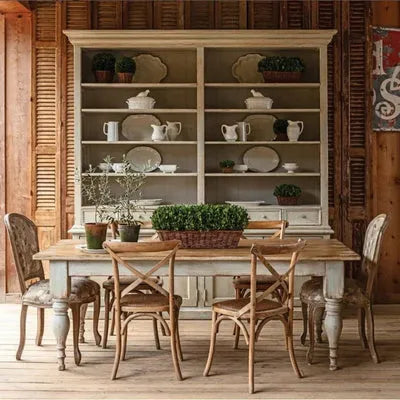
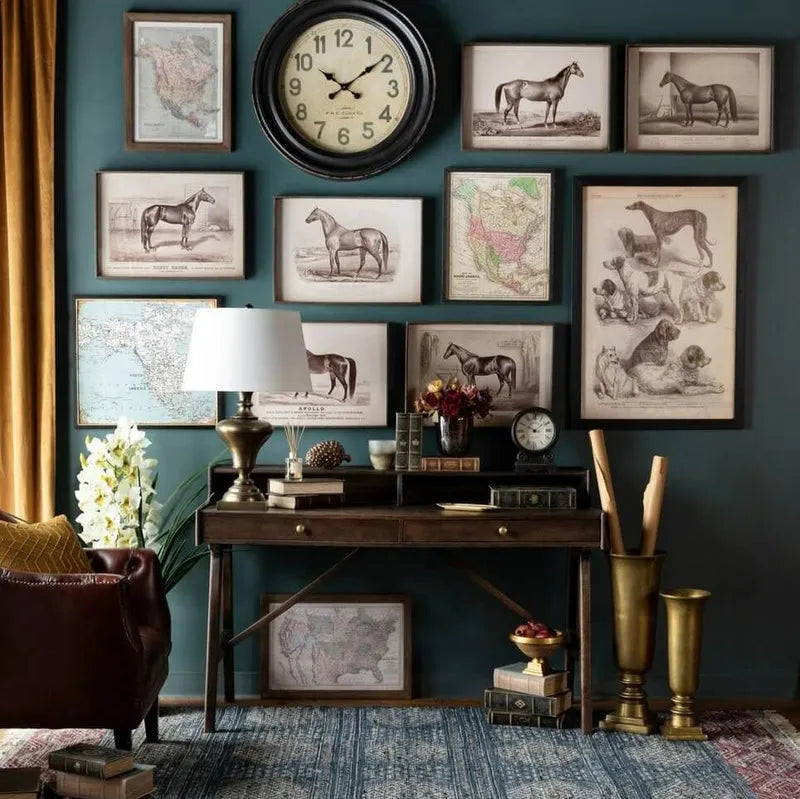

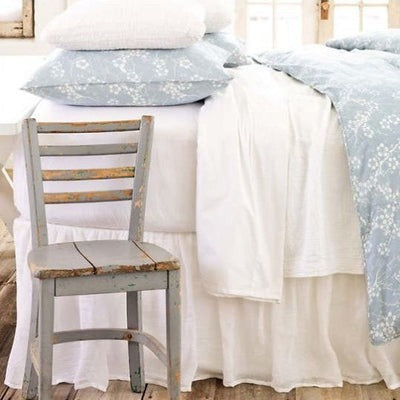
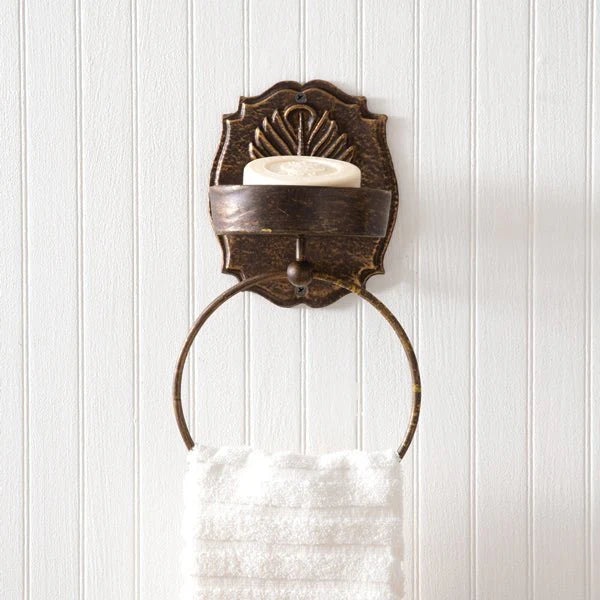

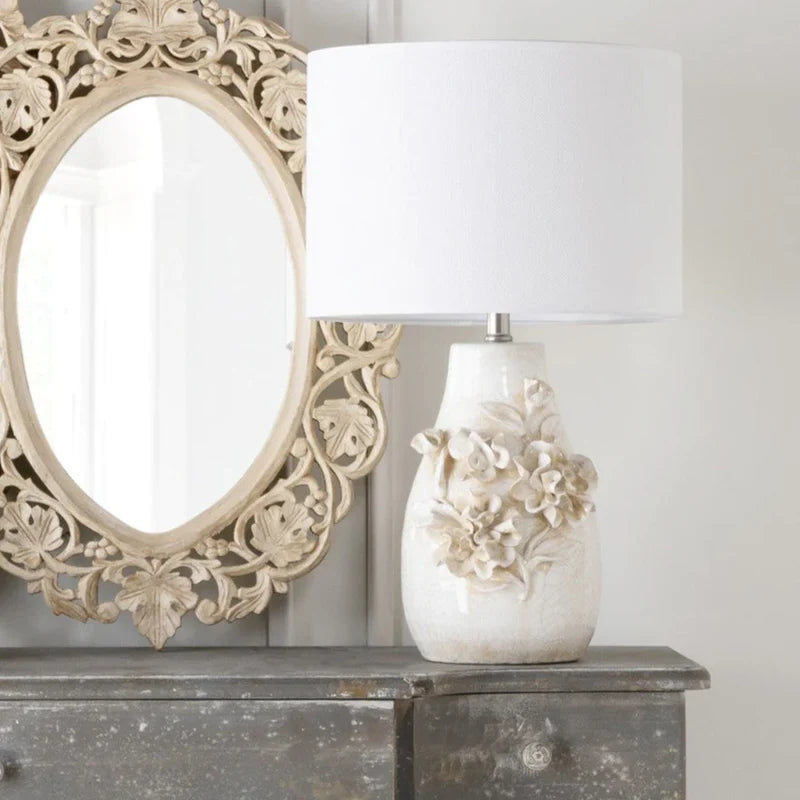
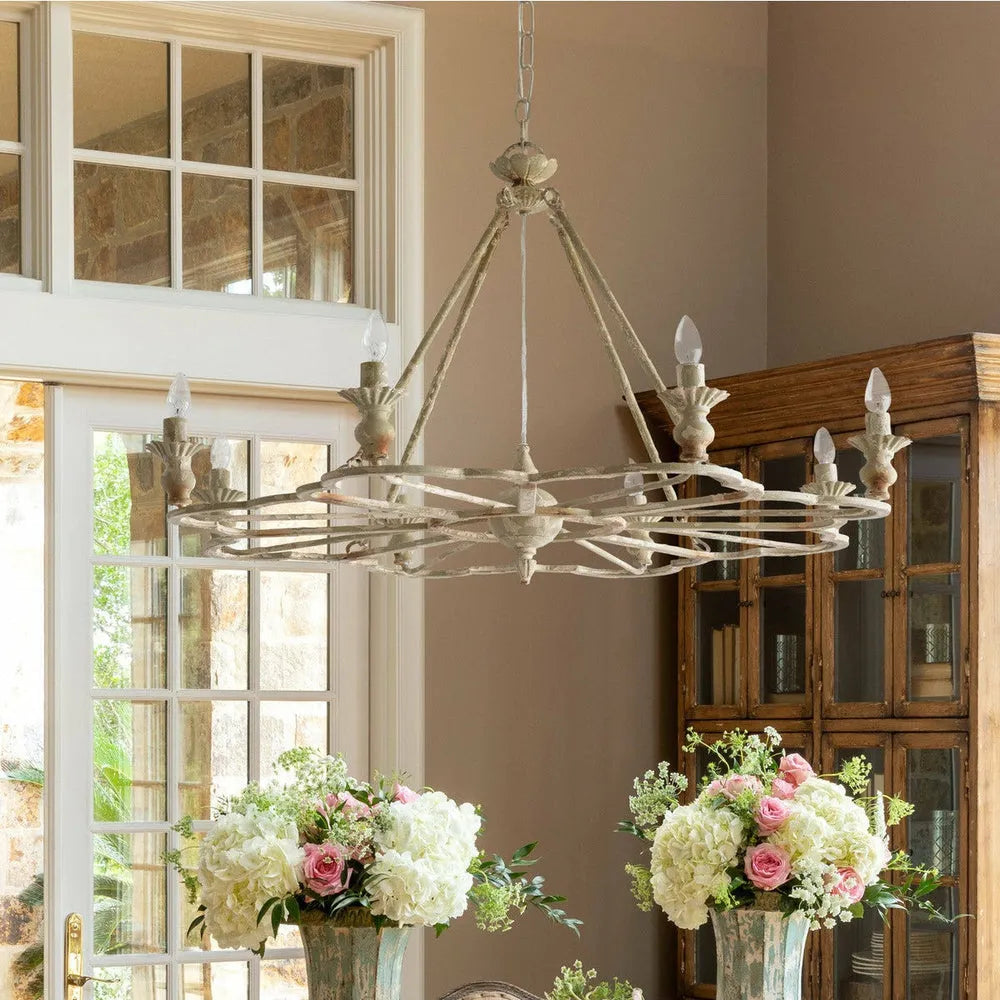
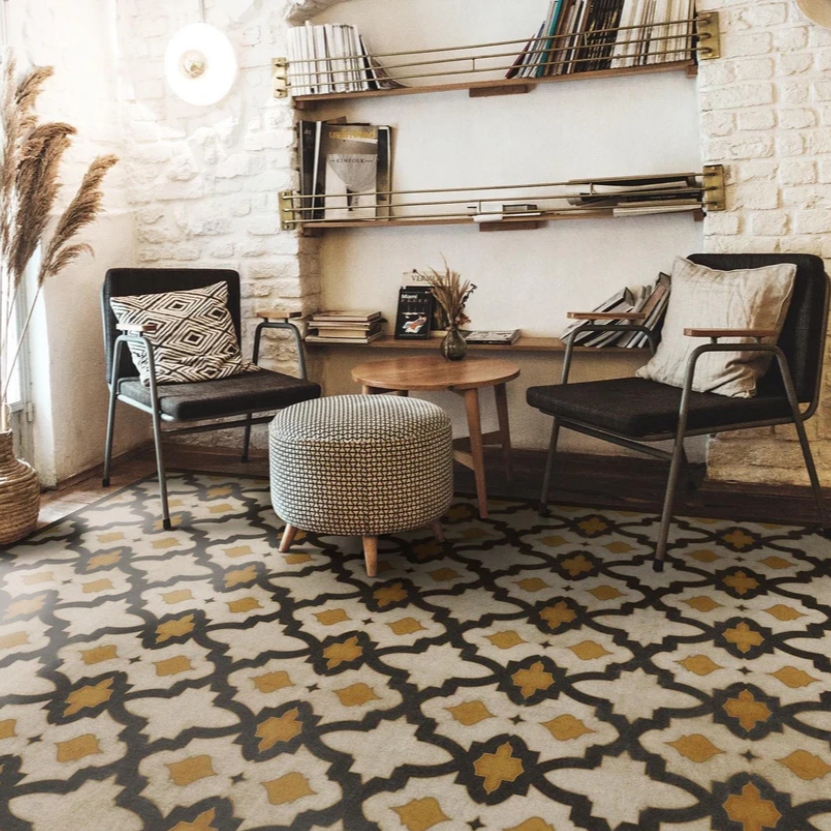
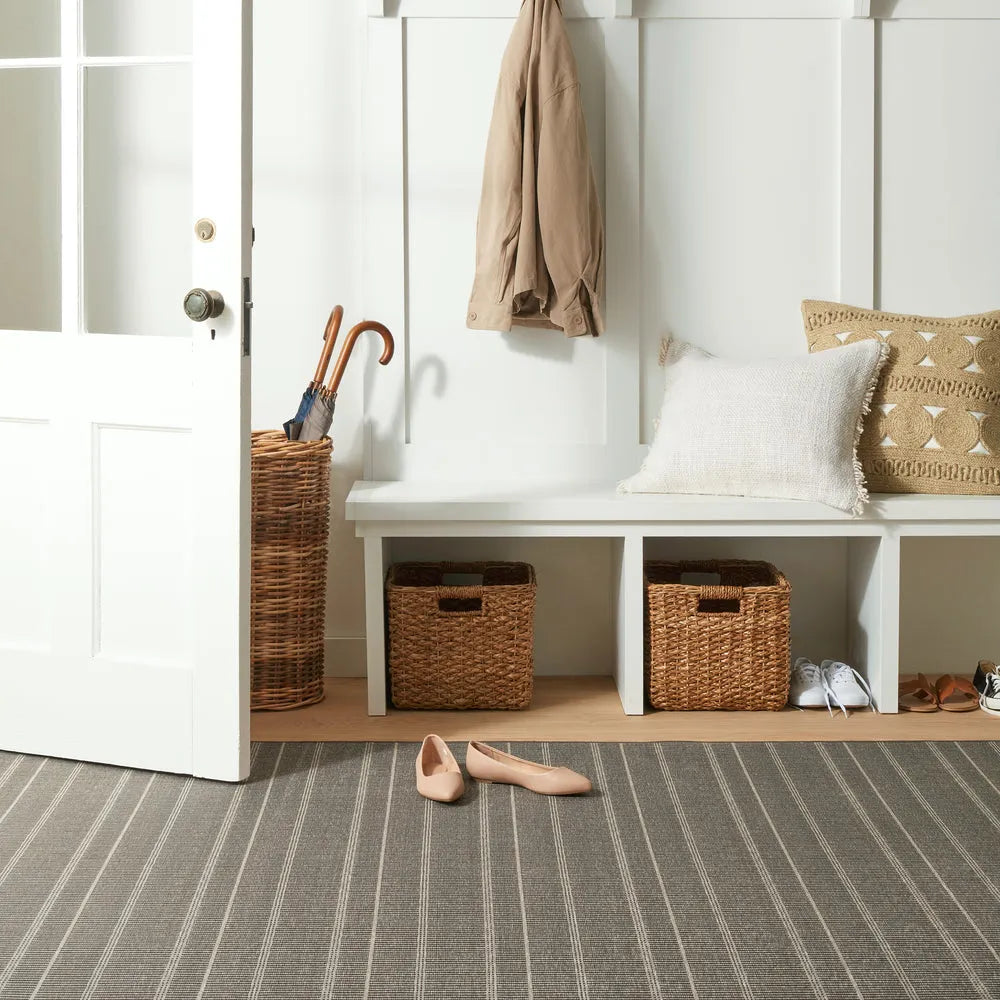


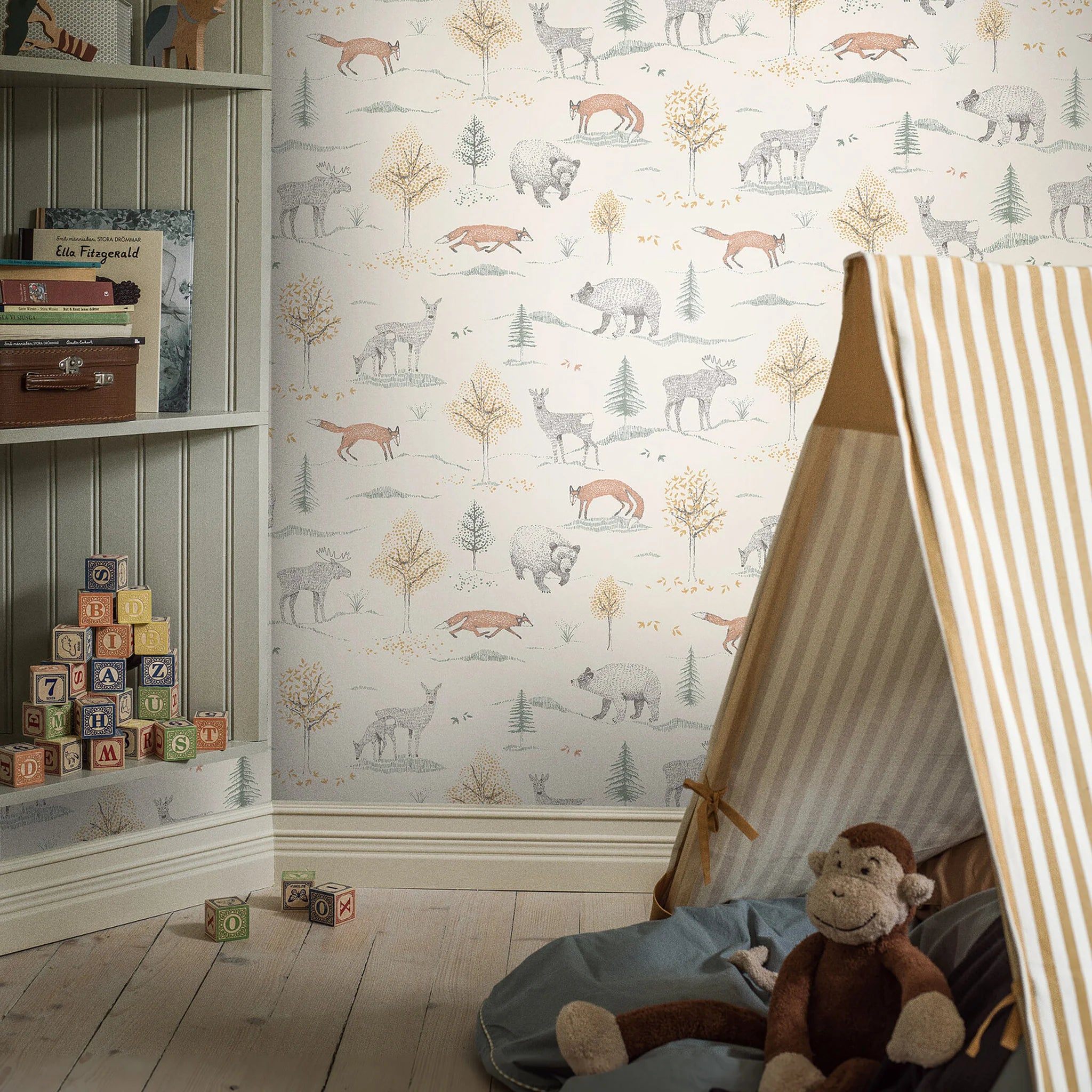

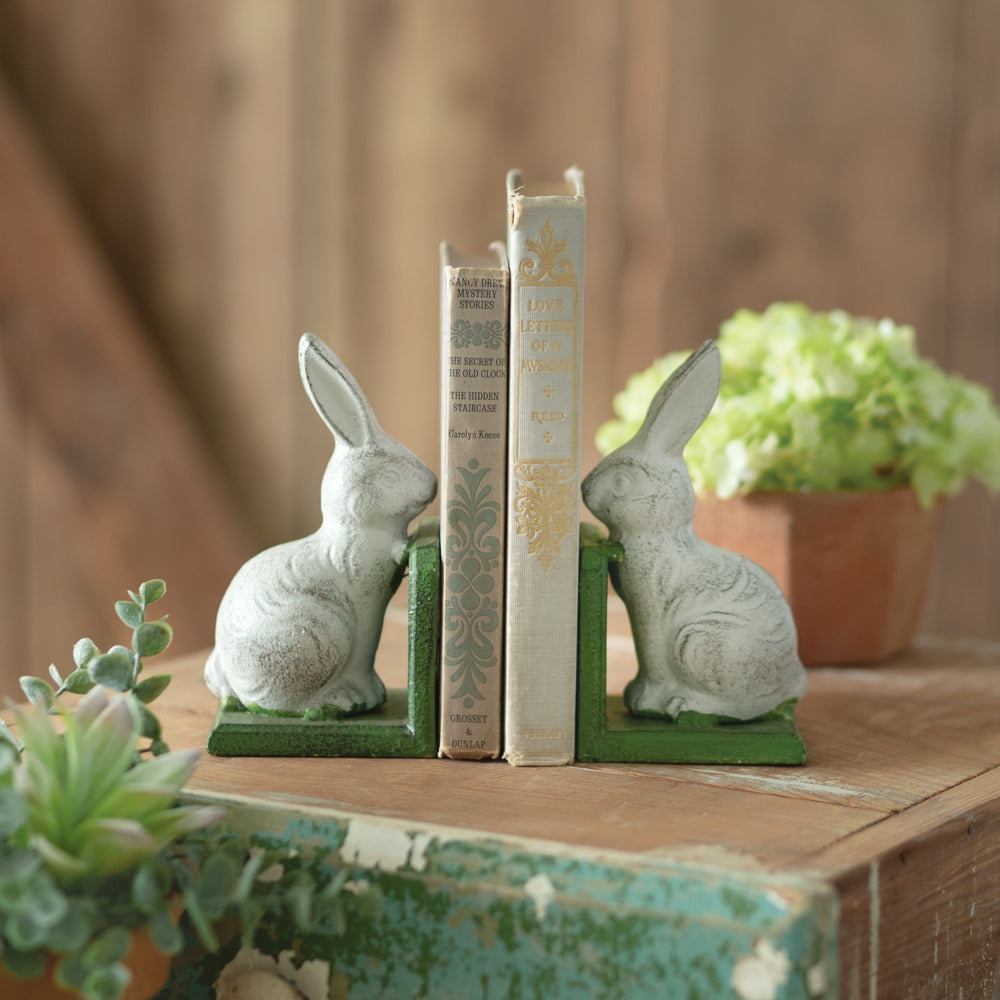
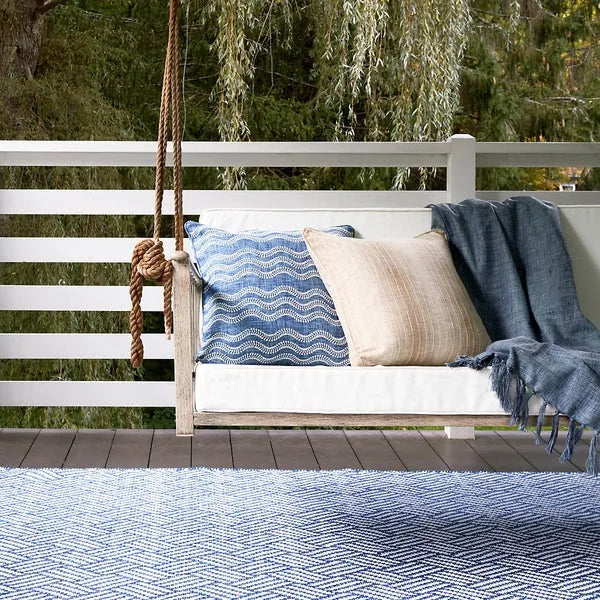

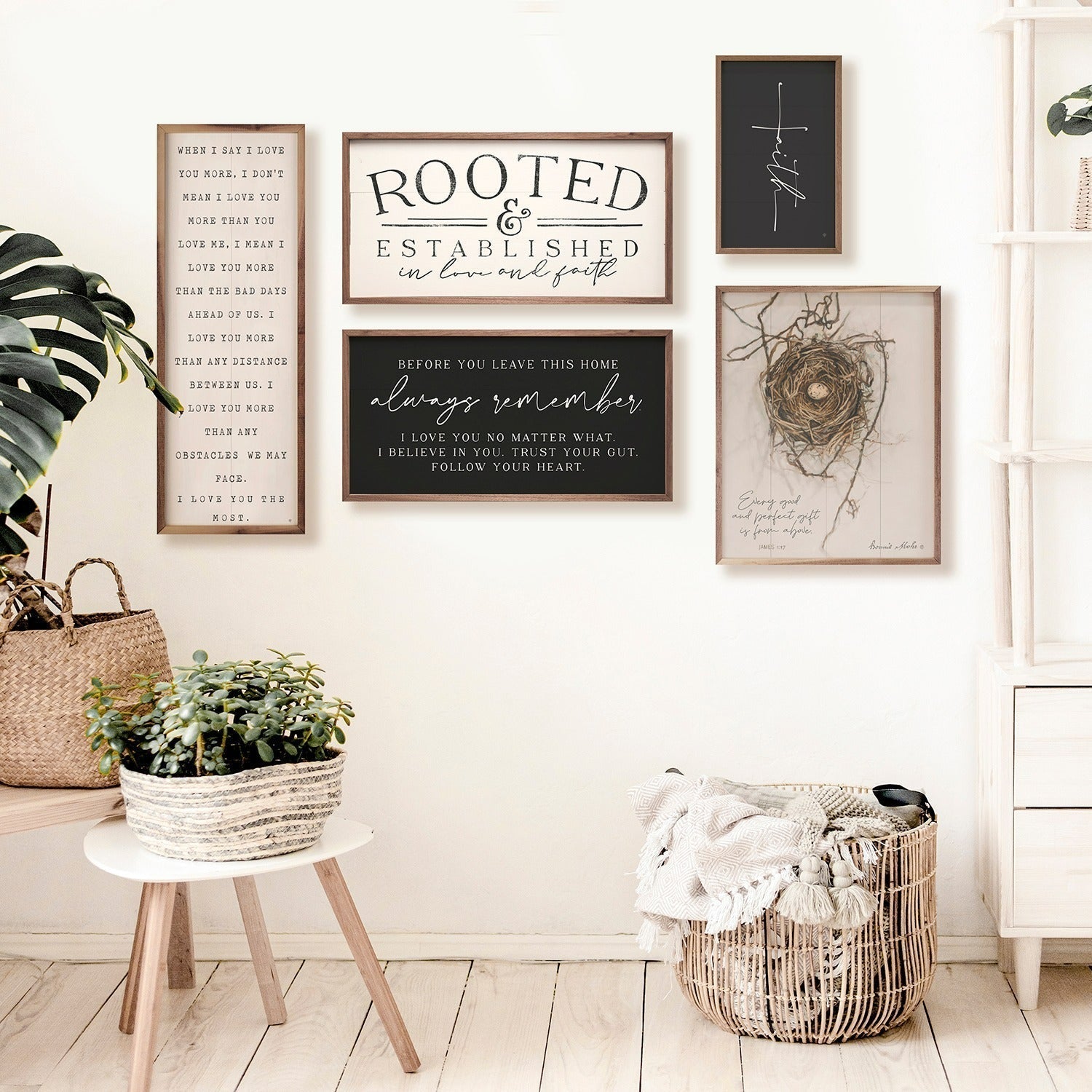
Leave a comment
This site is protected by hCaptcha and the hCaptcha Privacy Policy and Terms of Service apply.